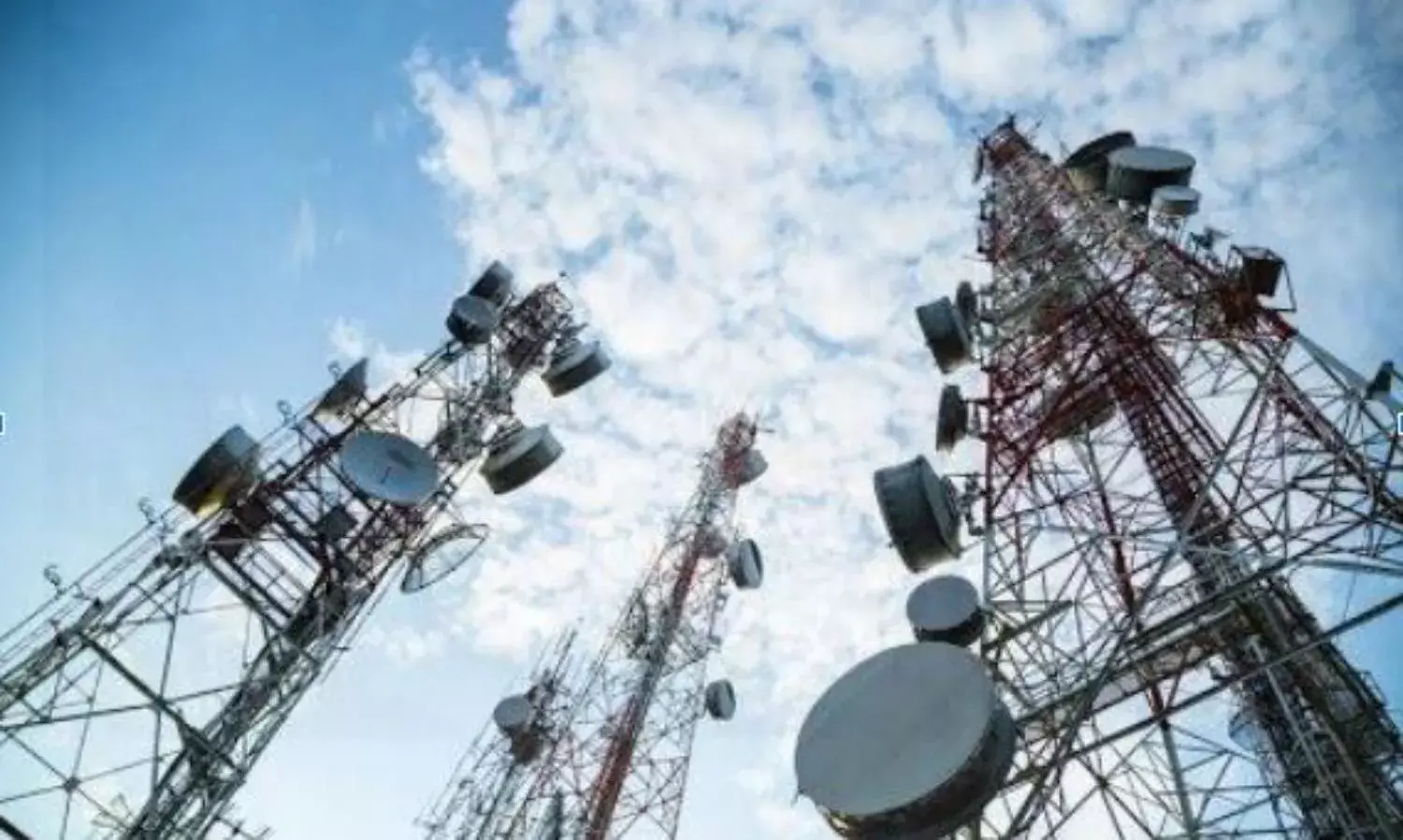‘Sufficient Evidence to Classify Radiofrequency Radiation as a Carcinogen’
Electromagnetic pollution: safety limits not enough say medical experts

A recent peer-reviewed study in the journal of Environmental Health makes an important addition to the growing number of expert warnings about the high possibility of risk from radiofrequency radiation emitted by wireless devices including tablets and cell phones.
The study by Uloma Uche and Olga Naidenko, researchers in public health and molecular biology at the Environmental Working Group, Washington DC, performs a statistical analysis of data collected in earlier large-scale animal studies conducted by the US government’s National Toxicology Program and the Ramazzini Institute, an international academy in Bologna.
It finds that the animal studies showed a significantly increased risk of cardiomyopathy [heart muscle disease] and neoplasms [abnormal tissue growths] in laboratory rats exposed to radiofrequency radiation or RFR.
The authors say that data from these studies, as well as epidemiological studies, link RFR with “impacts on the heart, brain, and other organs” and “support the need for updated health-based guidelines for general population RFR exposure.”
The study makes an important plea for revising the highly outdated health standards for wireless radiation, which were set up by the US Federal Communication Commission about 25 years back in 1996.
The growing prevalence of radiofrequency radiation is cause for concern. Last year another international organization of medical experts issued a statement on the serious and adverse health impacts of non-ionising radiation [which can heat substances but doesn’t carry enough energy to ionise atoms or molecules, ie strip them of electrons].
The consensus statement was issued by the Physicians’ Health Initiative for Radiation and Environment or Phire, which says it is an independent association of medical doctors and associated specialists assembled for the purposes of improving education regarding health effects of non-ionising radiation.
The statement says that “Medical experts and practitioners from around the world have united once again to make clear their concerns regarding the health effects of escalating non-ionising radiation (NIR) exposures.”
It explains that “NIR is electromagnetic energy ranging from Extremely Low Frequency waves right the way up to Ultraviolet. In particular, they are concerned about radiofrequency emissions from existing mobile phone networks, Wi-Fi, and the rollout of 5G.
“Whilst such emissions were historically presumed to be biologically inert, and are still purported to be safe by many to this day, there is now highly credible evidence to the contrary.
“The main risks associated with exposure to such (wireless) non-ionising radiation in the peer-reviewed scientific literature include: increased cancer risk, cellular stress, increase in harmful free radicals, genetic damage, structural and functional changes of the reproductive system, learning and memory deficits, neurological disorders, and negative impacts on general well-being in humans.”
Summarizing the mounting evidence on the adverse health impacts of NIR, the statement asserts that “mounting human epidemiological evidence of increased cancer has now been corroborated by ‘clear evidence’ of carcinogenesis from animal studies” including the NTP and Ramazzini studies explained above.
It describes how courts of law worldwide are beginning to uphold the medical evidence and award compensation for health damages from mobile phone radiation. It also draws attention to the hundreds of peer-reviewed scientific studies that have demonstrated adverse biological effects on living tissue occurring in response to a range of NIR exposure levels, even below the prevailing safety guidelines.
However, emissions continue to escalate.
The document has been signed by medical groups representing over 3,500 medical doctors so far, including experienced clinicians and widely published and respected scientists who are experts in this field. It too declares current safety levels to be inadequate.
It also points out the vulnerabilities of children and other hypersensitive groups, whose symptoms may include sleep problems, impaired concentration, headaches, and mood disturbance.
According to Anthony Miller, professor emeritus at the University of Toronto’s school of public health, “This is an important statement that should be read by all concerned with public health. Those responsible for exposing children to non-ionising radiation, especially in schools, should take immediate action to reduce exposure to non-ionising radiation of the children entrusted to their charge.
“There is sufficient evidence to now classify radiofrequency radiation as a human carcinogen. Action must be taken now to reduce human exposure to non-ionising radiation to as low as can be achievable, including a moratorium on the introduction of 5G.”
This was a time when these devices were being used to a much lesser extent, particularly by children. Hence separate standards were not even established for children. But in the decades since then the use of these devices has increased very rapidly, even by young children.
Sporadic research has revealed the risks to be particularly very high for children. Hence there is a pressing need for revising the health standards; in fact this should have been done a long time back.
Guidelines published by the Environmental Working Group recommend that the exposure limits for children should be 200 to 400 times lower than the whole-body specific absorption rate limit set by the FCC back in 1996. For adults it should be 20 to 40 times lower.
The recent statements by the EWG and Phire as well as the opinion of several independent experts and scientists suggest the seriousness of these hazards and urgent action should be taken to reduce these hazards, above all for children.
Bharat Dogra is a freelance journalist and author. His recent books include Planet in Peril and Protecting Earth for Children



